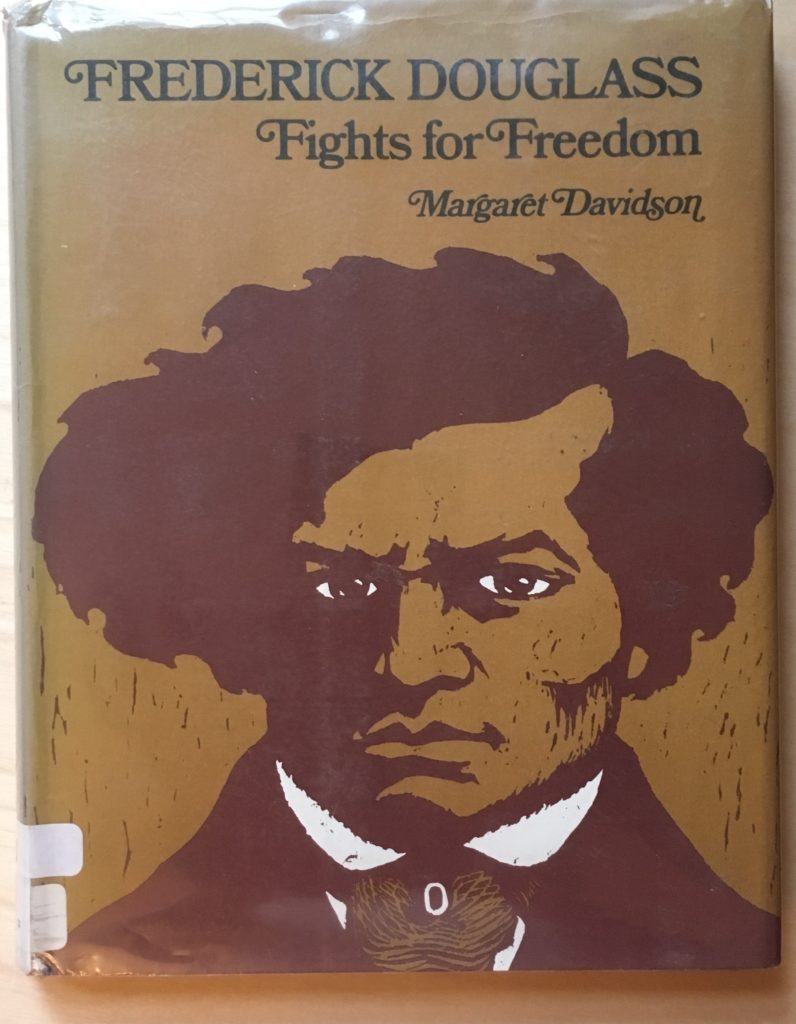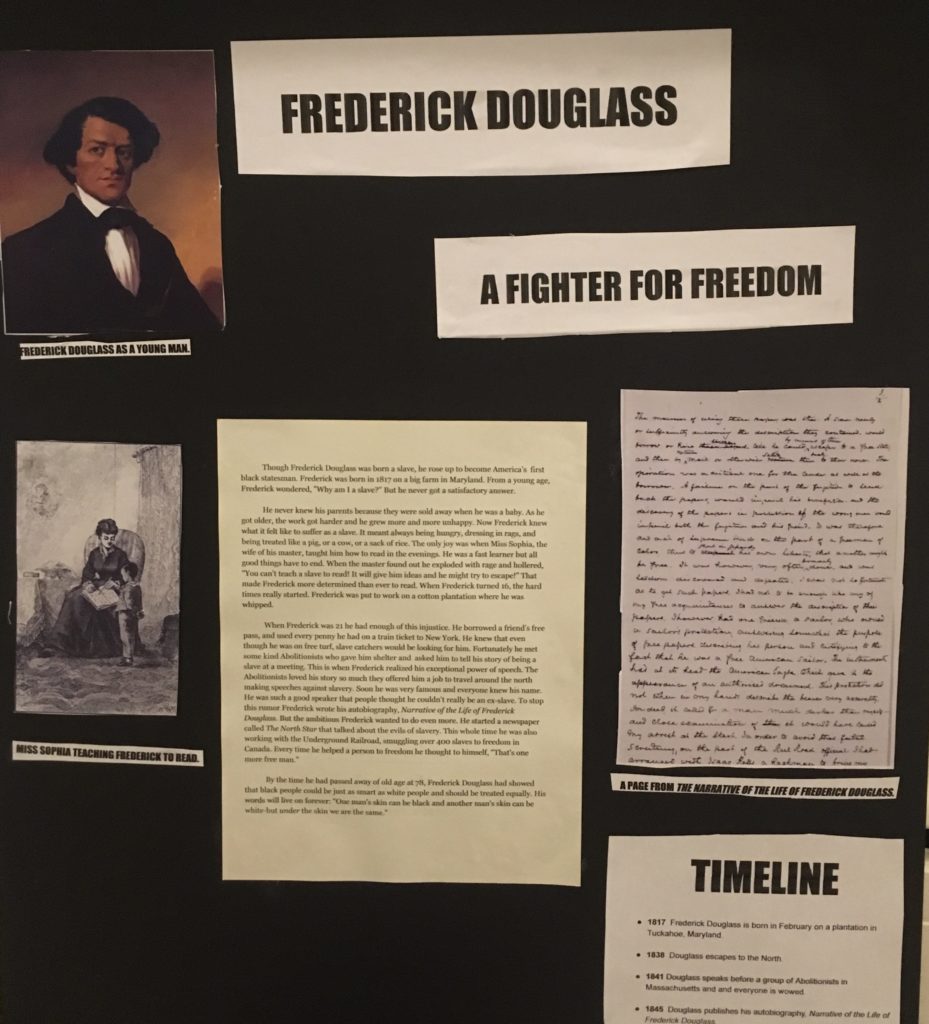On Sunday, my mother-in-law took my lucky children to see Hamilton. This give me the chance to check out the Chappaqua Children’s Book Festival, an annual event in nearby Chappaqua, NY, which gathers local authors for a day of readings and signings. This year there were nearly 90 authors and illustrators, as well as food trucks, face painters, and people dressed in full-body costumes of Elephant, Piggie and Clifford. When I got there Victoria Kann (Pinkalicious and its 37 sequels) was sitting in a prime position at her very own table at the center of the lawn. She was wearing a sparkly sequined cardigan and the line to meet her was at least 40 families long.
But the author I was most excited to meet was Emily Arnold McCully.
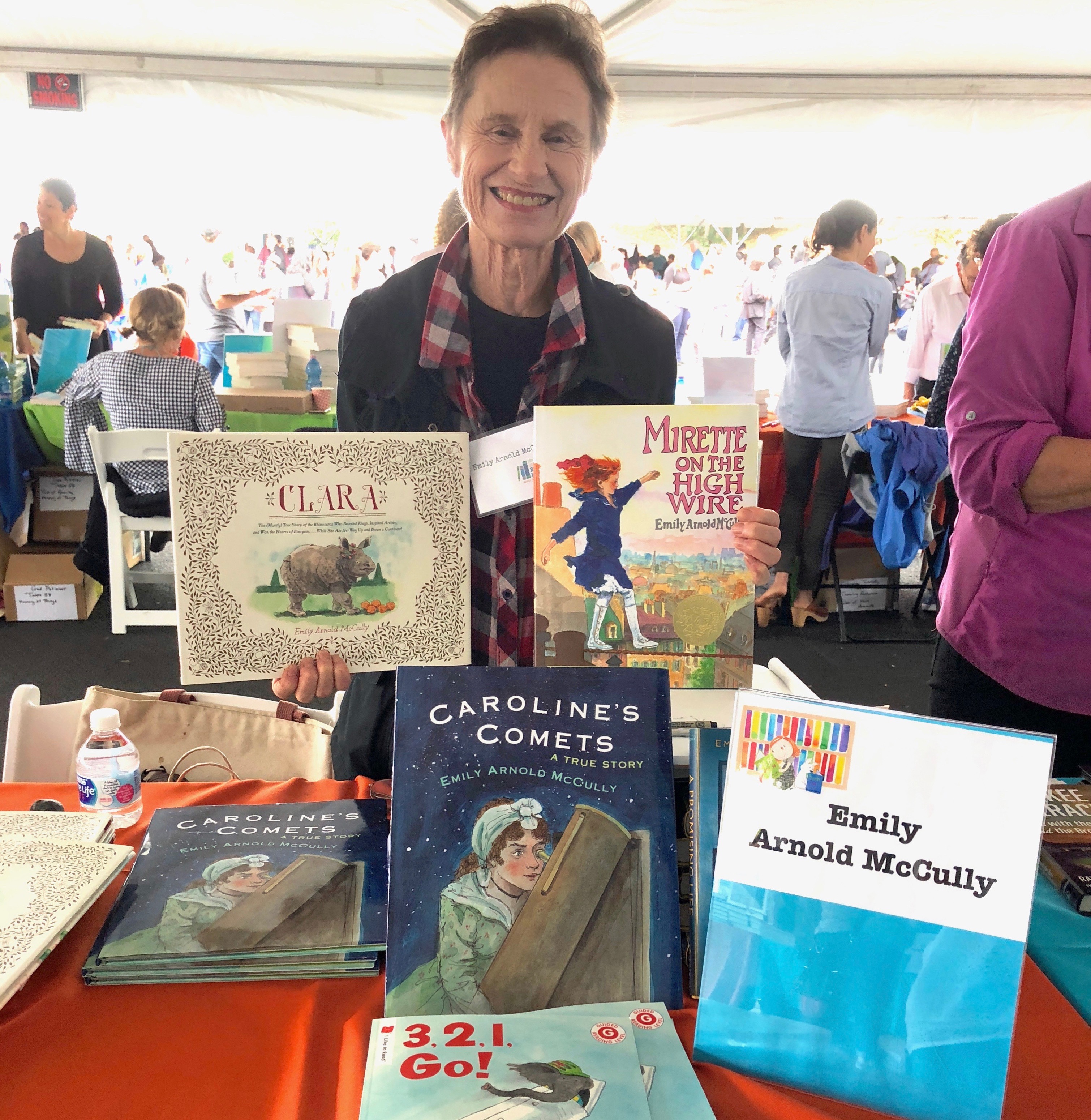
She’s been illustrating books since the ’60s and to date she’s written or illustrated nearly one hundred titles, including the Caldecott-winning Mirette on the High Wire (1992). My husband adores Mirette and when he used to read it to our kids he always wondered aloud why it hadn’t been made into a movie (more on this later). My own personal favorite Emily Arnold McCully book is a funny little “I Can Read” title from 1998 called The Grandma Mix-up.
 It’s about a girl named Pip whose parents go away for the weekend, leaving her with her two grandmothers. Grandma Sal is a fun, relaxed, let-them-eat-cake-and-watch TV type of grandma. Grandma Nan, on the other hand, is a rule-bound, type A grandma with a penchant for schedules and vegetables. The grandmothers take opposite stances on everything, making Pip miserable. But by the end, Pip saves the day: she stands up to her dueling grandmothers and insists that they compromise. The book is a lesson in moderation.
It’s about a girl named Pip whose parents go away for the weekend, leaving her with her two grandmothers. Grandma Sal is a fun, relaxed, let-them-eat-cake-and-watch TV type of grandma. Grandma Nan, on the other hand, is a rule-bound, type A grandma with a penchant for schedules and vegetables. The grandmothers take opposite stances on everything, making Pip miserable. But by the end, Pip saves the day: she stands up to her dueling grandmothers and insists that they compromise. The book is a lesson in moderation.
The illustrations add a fascinating, if unspoken, layer. Fun grandma may be sweet and lovable, but as drawn by McCully she’s also kind of fat and dumpy. She looks like someone who watches a lot of daytime TV. Strict grandma, meanwhile, looks like Miss Gulch from The Wizard of Oz — all sharp angles and disapproving scowls. But she also comes across as smart and high functioning. She’s the kind of grandma whose car is plastered with decals from Ivy League schools.
 The interesting thing about the book is that Pip doesn’t actually prefer fun grandma over strict grandma, as most kids probably would. “Grandma Nan is too hard, and Grandma Sal is too easy,” she writes in a secret letter to her parents.
The interesting thing about the book is that Pip doesn’t actually prefer fun grandma over strict grandma, as most kids probably would. “Grandma Nan is too hard, and Grandma Sal is too easy,” she writes in a secret letter to her parents.

I have my own takeaway from this book, which is that I feel sorry for strict grandma. She probably loves Pip just as much as fun grandma does and she’s just doing what she thinks is best for the child. She can’t help it if she’s a born task master — sort of like my own mother.
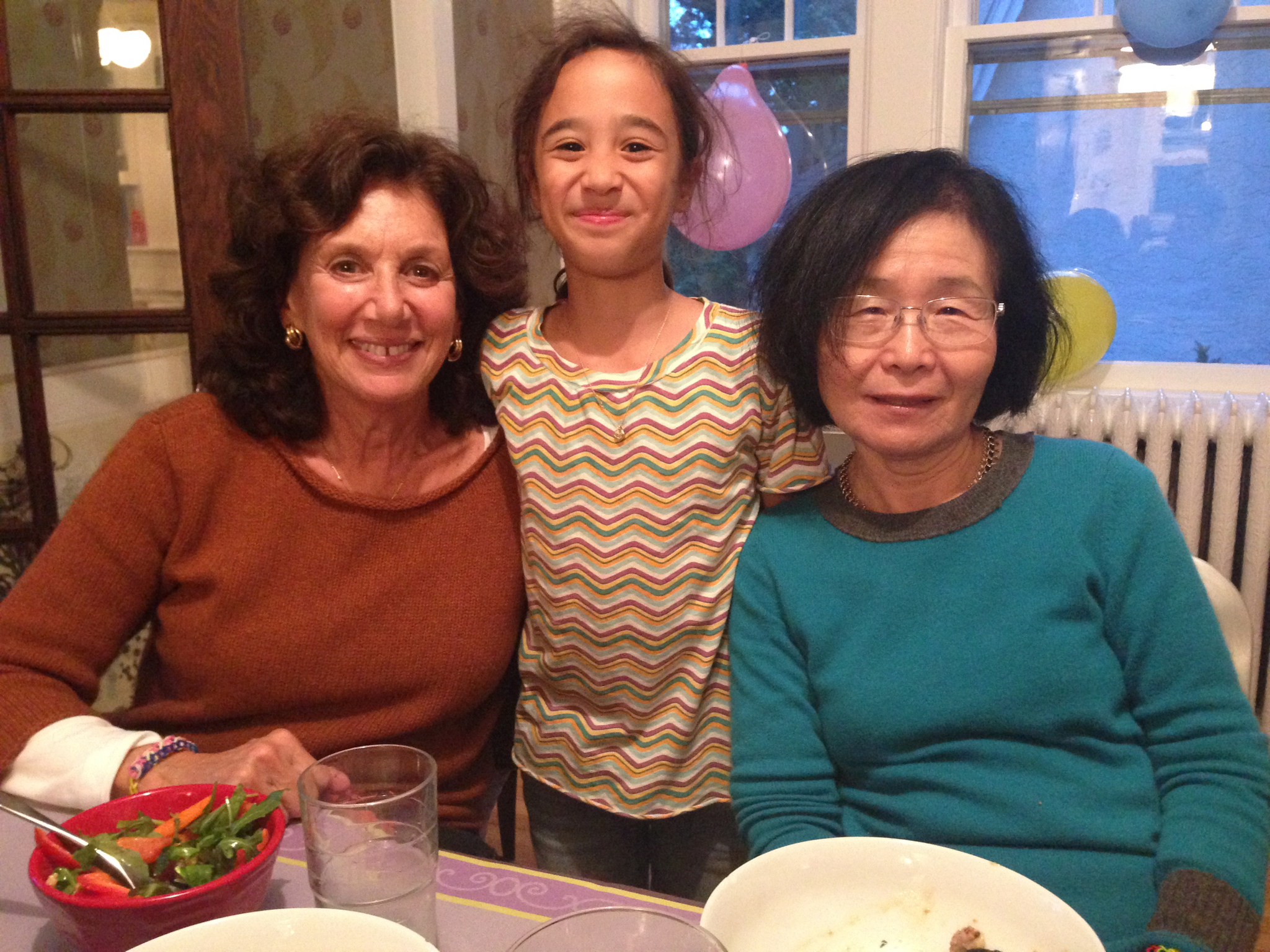 My kids are fortunate to have two devoted grandmothers, both actively involved in their lives. But my husband’s mother is most definitely the fun one (think: Hamilton tickets) and my own mother, bless her heart, is the not-as-fun-one. (To be absolutely clear here, neither are dumb or dumpy.) I know that my mom would love to be the fun one, if she could be. But just like Grandma Nan, she can’t help her essential nature, which is to buy educational gifts and say “no.”
My kids are fortunate to have two devoted grandmothers, both actively involved in their lives. But my husband’s mother is most definitely the fun one (think: Hamilton tickets) and my own mother, bless her heart, is the not-as-fun-one. (To be absolutely clear here, neither are dumb or dumpy.) I know that my mom would love to be the fun one, if she could be. But just like Grandma Nan, she can’t help her essential nature, which is to buy educational gifts and say “no.”
She’s a tiger mother and, well, I guess I can relate.
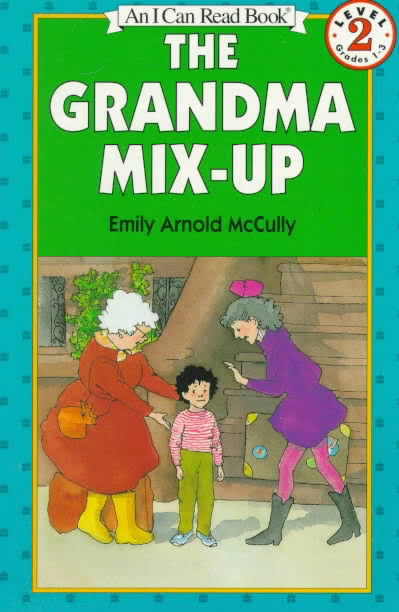
** P.S. Emily told me that Mirette on the High Wire, which has been optioned three times, is finally being made into a film. London director Helen O’Hanlon is in post-production on the short film, Mirette, which stars a talented young unknown actress named Dixie Egerickx in the title role. With any luck we’ll be able to see it streaming somewhere next year. You can check out the movie’s website here.
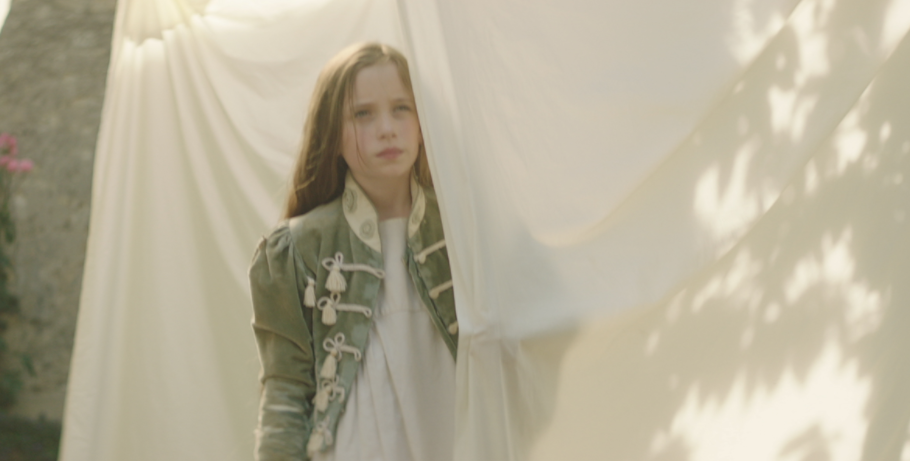
Actress Dixie Egerickx plays Mirette

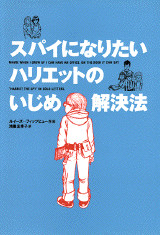
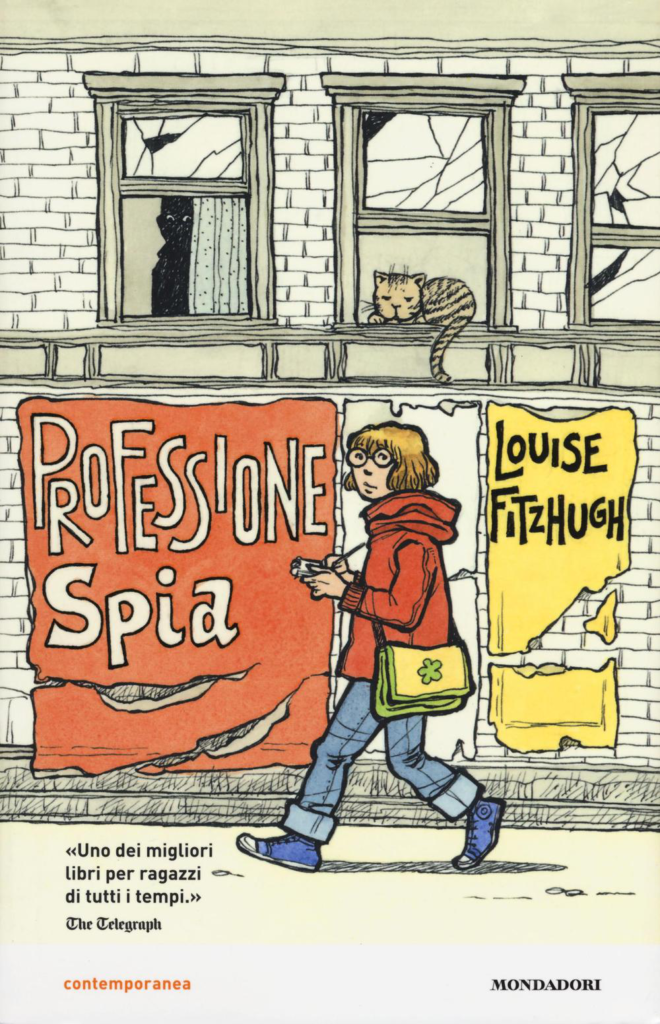
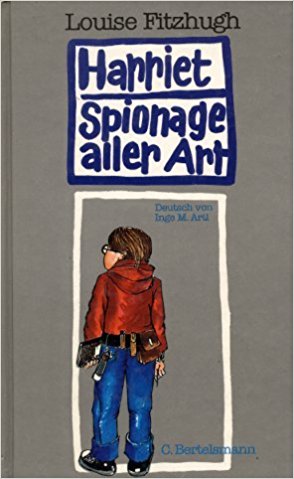
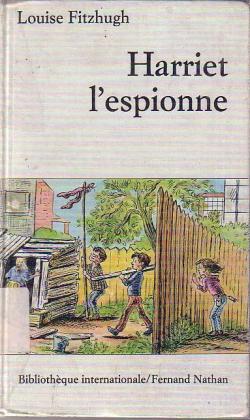
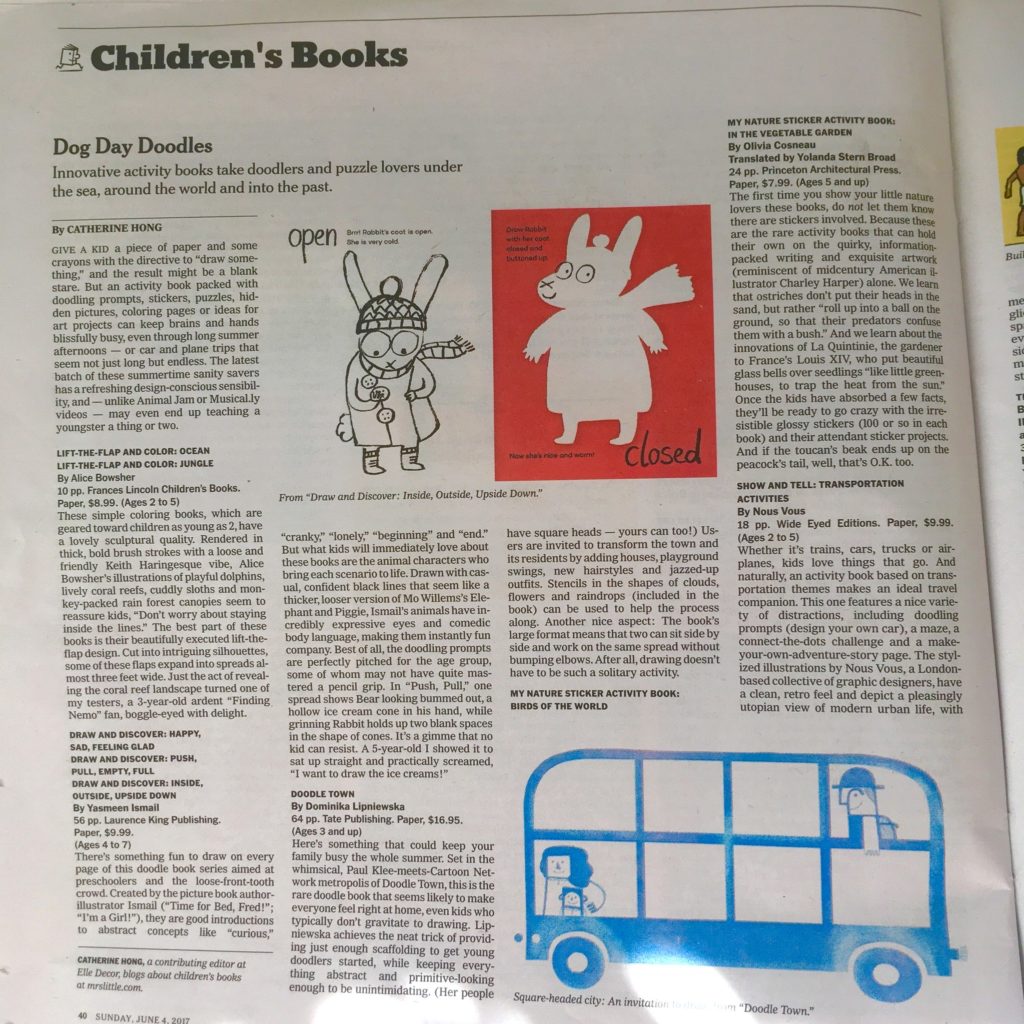 Otherwise known as activity books! You know, the books with doodling pages, stickers, word scrambles, puzzles and other old-fashioned distractions? These things used to feel like throwaways, printed on the cheapest paper. But now publishers are putting out some very sophisticated, beautifully designed activity books, some of which are tempting enough to get kids to put down their iPads.
Otherwise known as activity books! You know, the books with doodling pages, stickers, word scrambles, puzzles and other old-fashioned distractions? These things used to feel like throwaways, printed on the cheapest paper. But now publishers are putting out some very sophisticated, beautifully designed activity books, some of which are tempting enough to get kids to put down their iPads.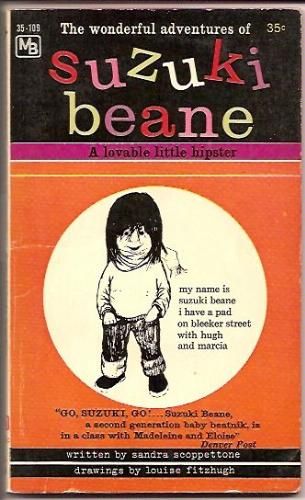 If you are a fan of Louise Fitzhugh and Kay Thompson —and you have an extra hundred bucks lying around— you can find rare copies of this 1961 book, The Wonderful Adventures of Suzuki Beane by Sandra Scoppettone. A beatnik take on Eloise, it tells the story of a naughty little hipster who lives on Bleecker Street with Hugh, her Beat poet father, and Marcia, her spaced-out sculptor mother. The distinctively grotesque and scratchy looking illustrations (by Louise Fitzhugh) look straight out of Harriet the Spy.
If you are a fan of Louise Fitzhugh and Kay Thompson —and you have an extra hundred bucks lying around— you can find rare copies of this 1961 book, The Wonderful Adventures of Suzuki Beane by Sandra Scoppettone. A beatnik take on Eloise, it tells the story of a naughty little hipster who lives on Bleecker Street with Hugh, her Beat poet father, and Marcia, her spaced-out sculptor mother. The distinctively grotesque and scratchy looking illustrations (by Louise Fitzhugh) look straight out of Harriet the Spy.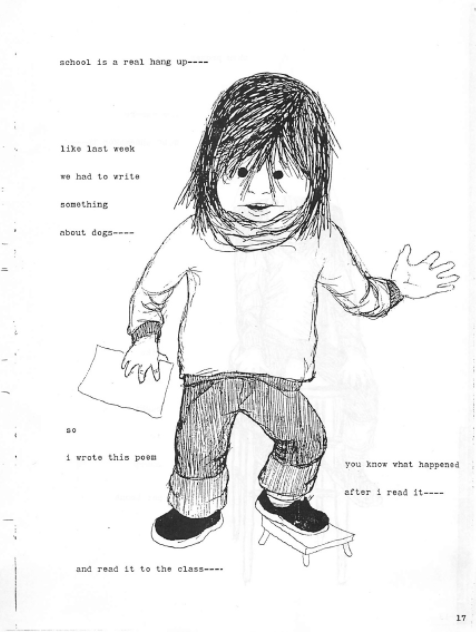 I was hoping I could find a copy of it through the library, but no luck. Fortunately, you can read the whole thing
I was hoping I could find a copy of it through the library, but no luck. Fortunately, you can read the whole thing 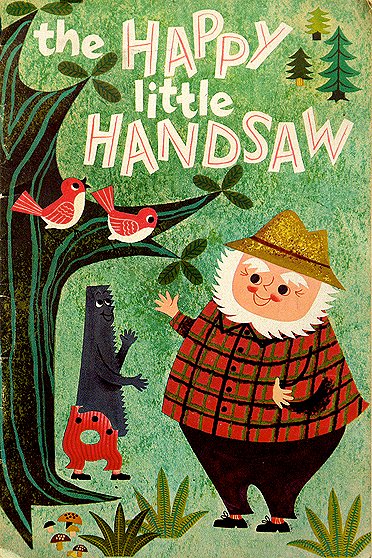 I think I need this book. Written
I think I need this book. Written 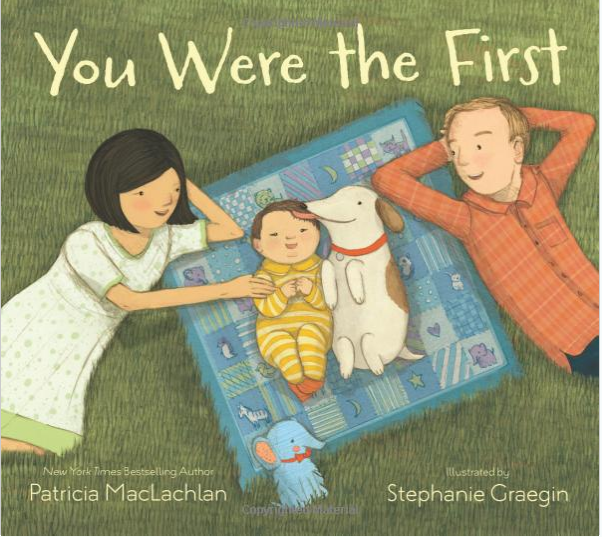 I was VERY excited to come across this book, and not just because it’s by Patricia MacLachlan (of Sarah, Plain and Tall fame). It’s just that you don’t often come across a book for kids featuring a mixed-race white and Asian family. Which seems nuts when you think about it because there are so damn many of us these days, and, well, we love books.
I was VERY excited to come across this book, and not just because it’s by Patricia MacLachlan (of Sarah, Plain and Tall fame). It’s just that you don’t often come across a book for kids featuring a mixed-race white and Asian family. Which seems nuts when you think about it because there are so damn many of us these days, and, well, we love books.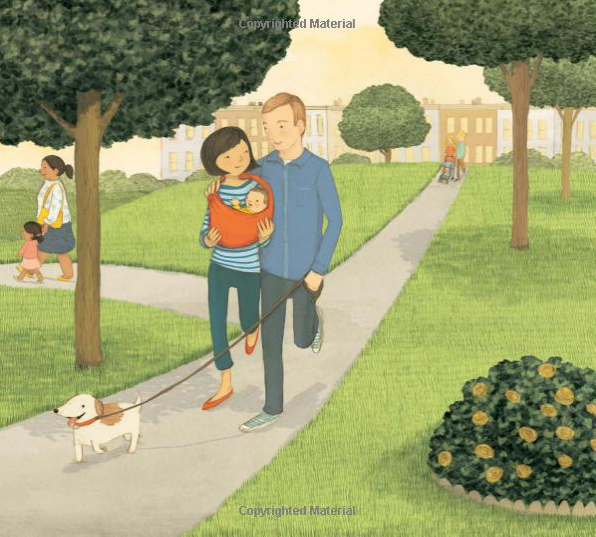
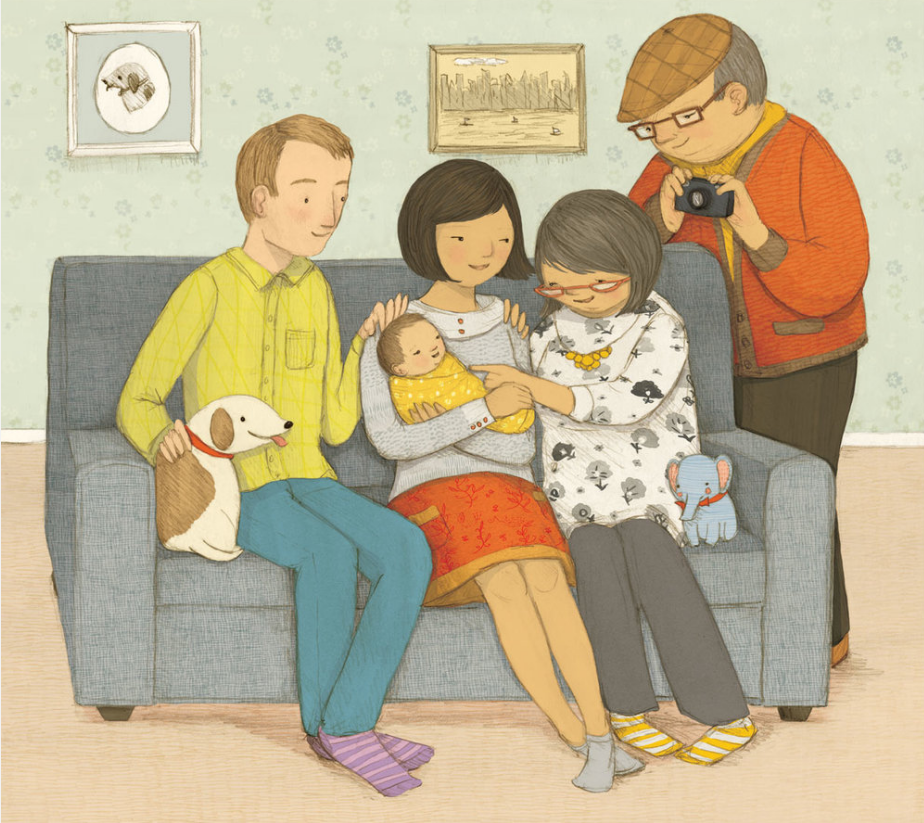
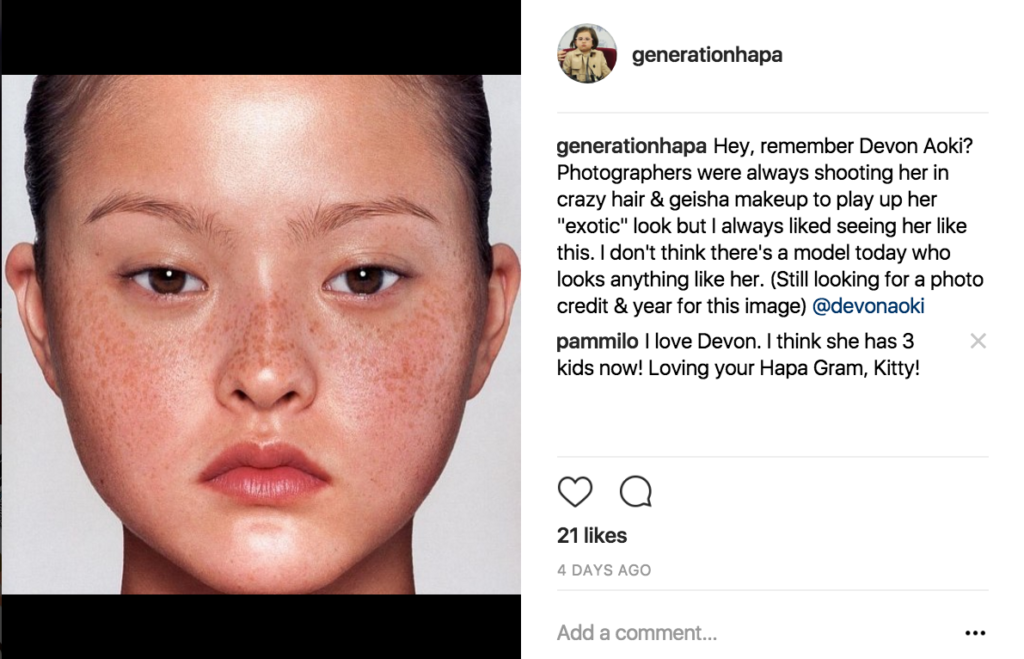
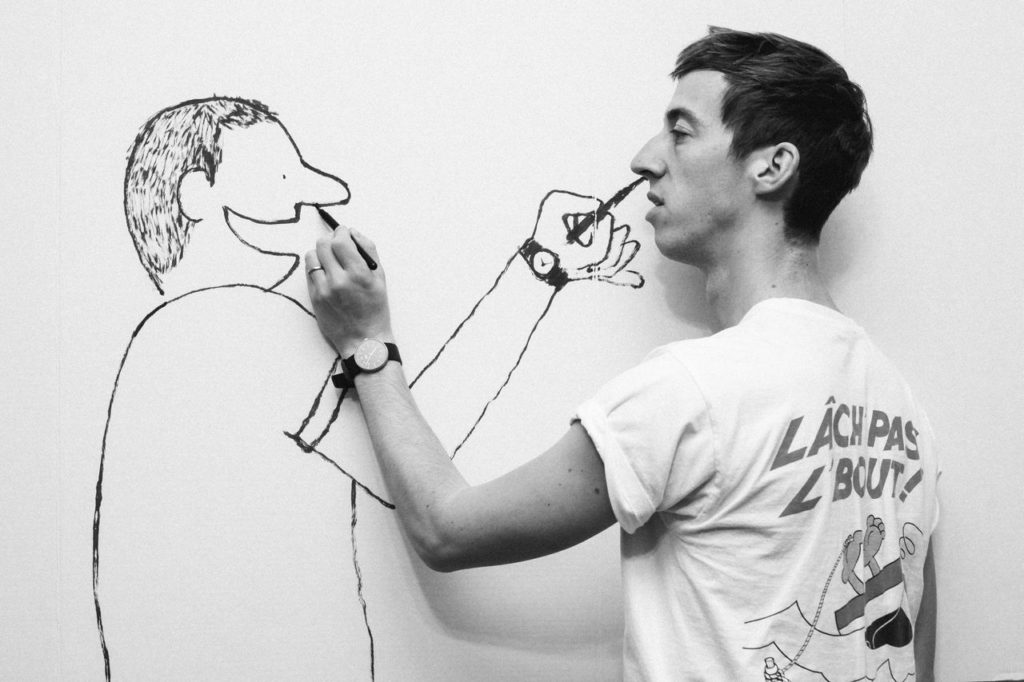
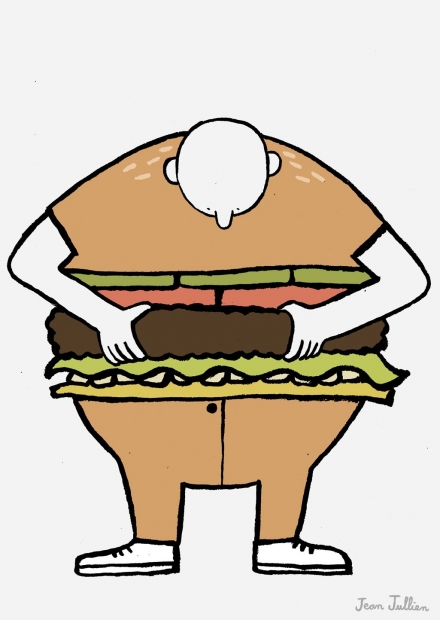
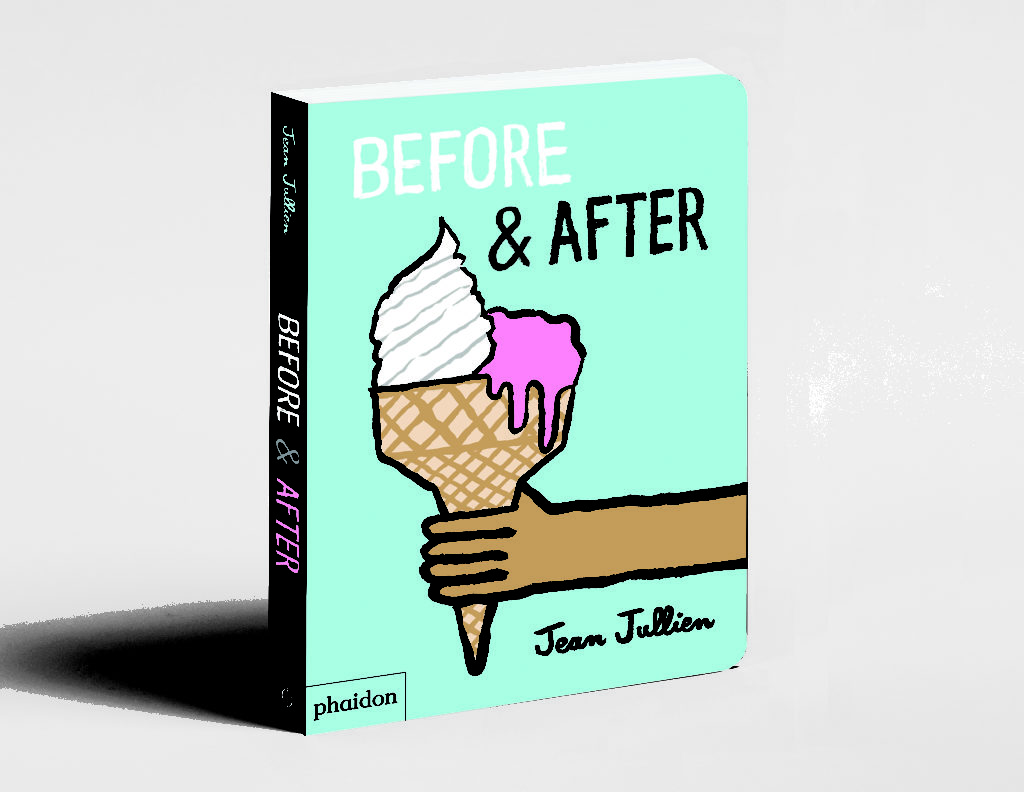
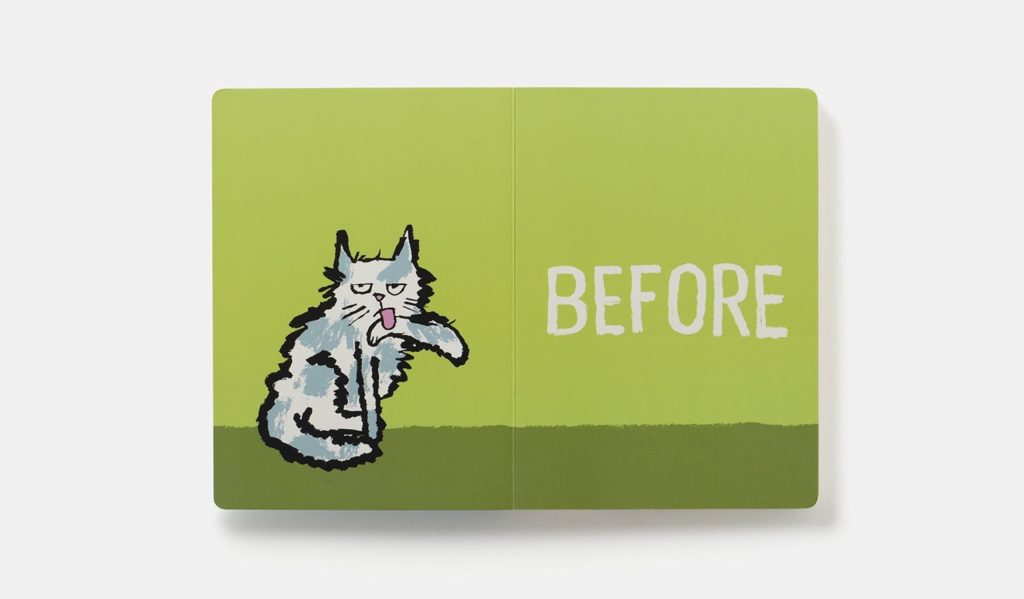

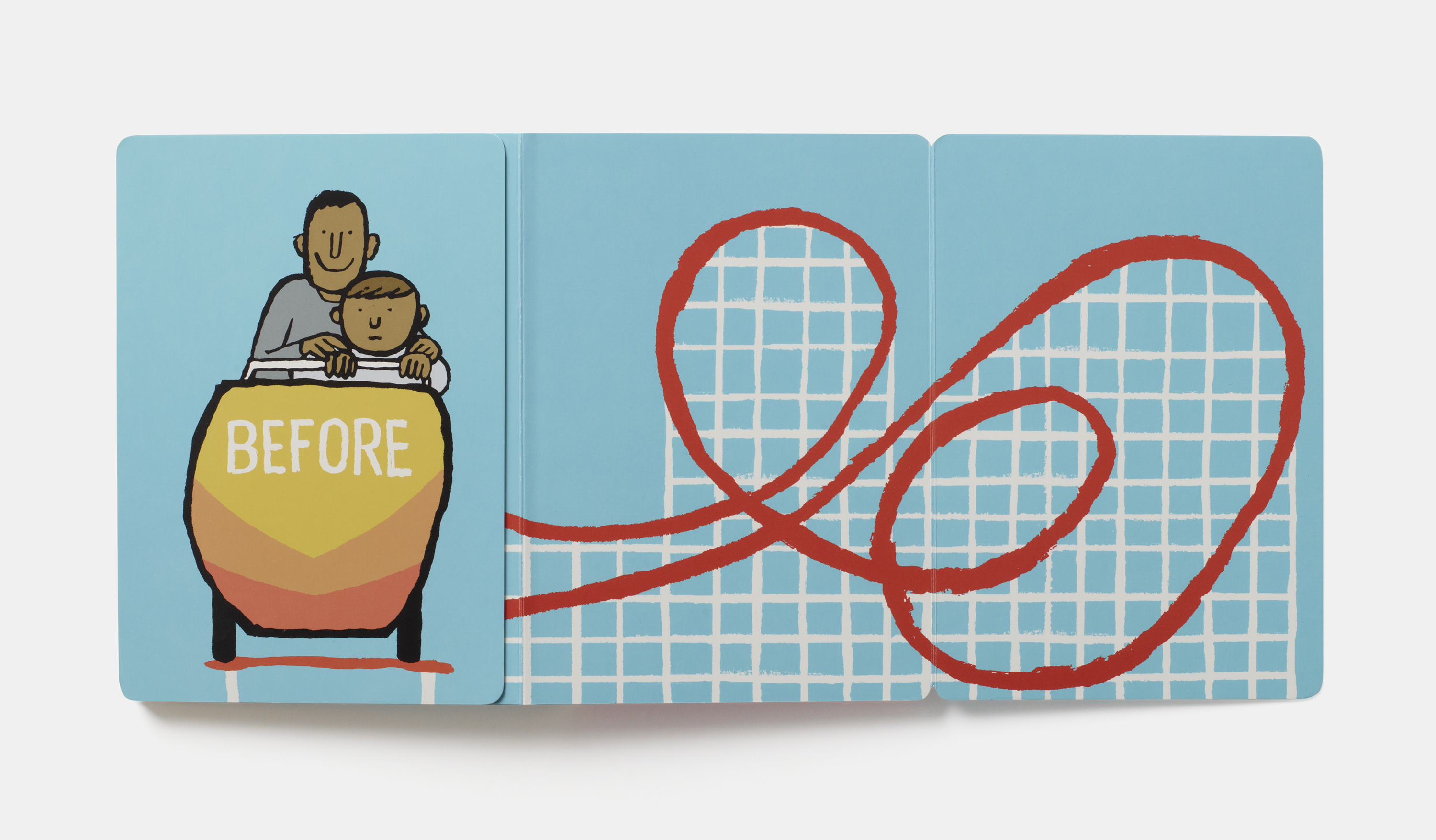
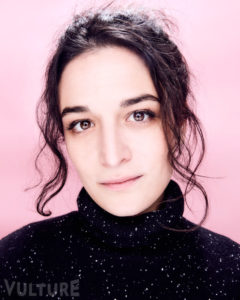 There are so many reasons to love Jenny Slate. The 35-year-old comedian-actress is funny, sexy, fiercely feminist, and just goofy enough that you feel like she could be someone you know. I loved her in Obvious Child (the 2014 indie film that flaunted both her ingenue radiance and raunchy potty mouth) and to this day I cannot order a sandwich without thinking about
There are so many reasons to love Jenny Slate. The 35-year-old comedian-actress is funny, sexy, fiercely feminist, and just goofy enough that you feel like she could be someone you know. I loved her in Obvious Child (the 2014 indie film that flaunted both her ingenue radiance and raunchy potty mouth) and to this day I cannot order a sandwich without thinking about 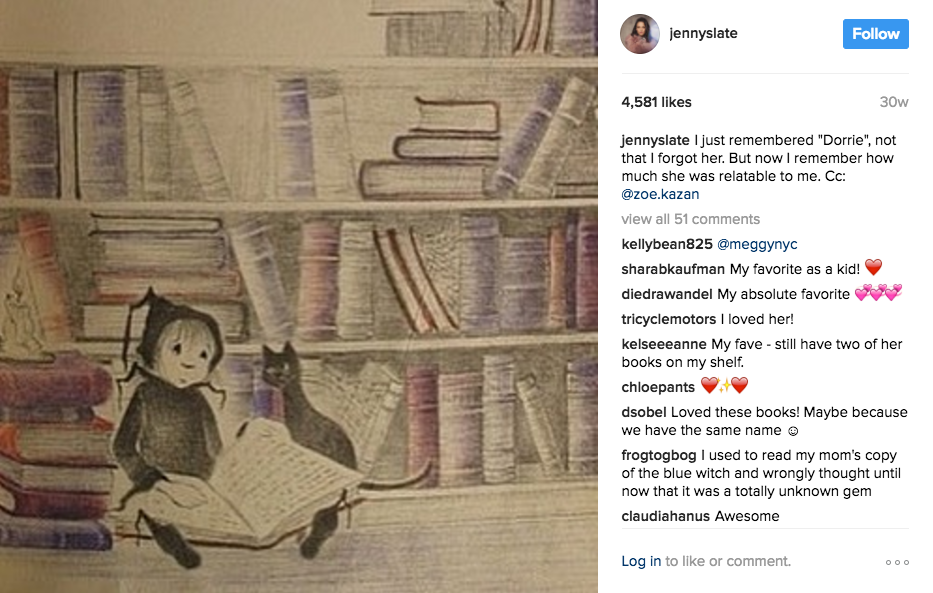
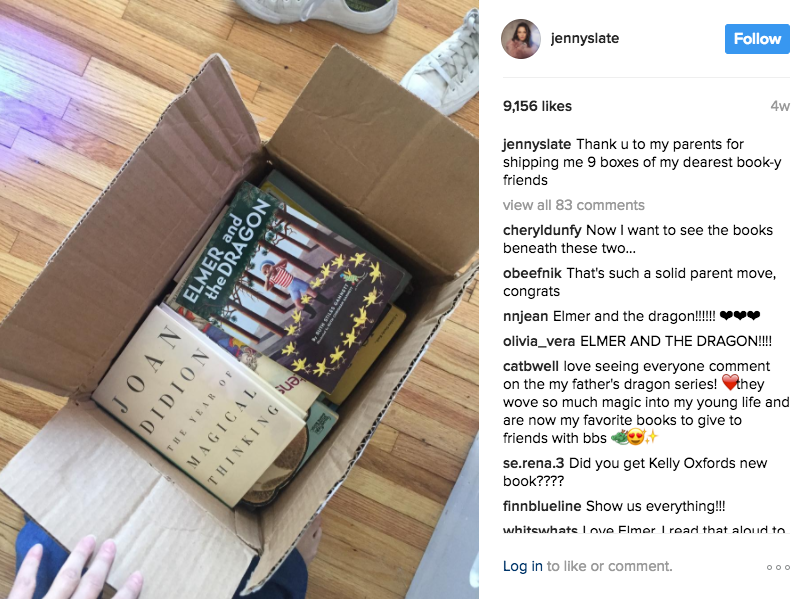
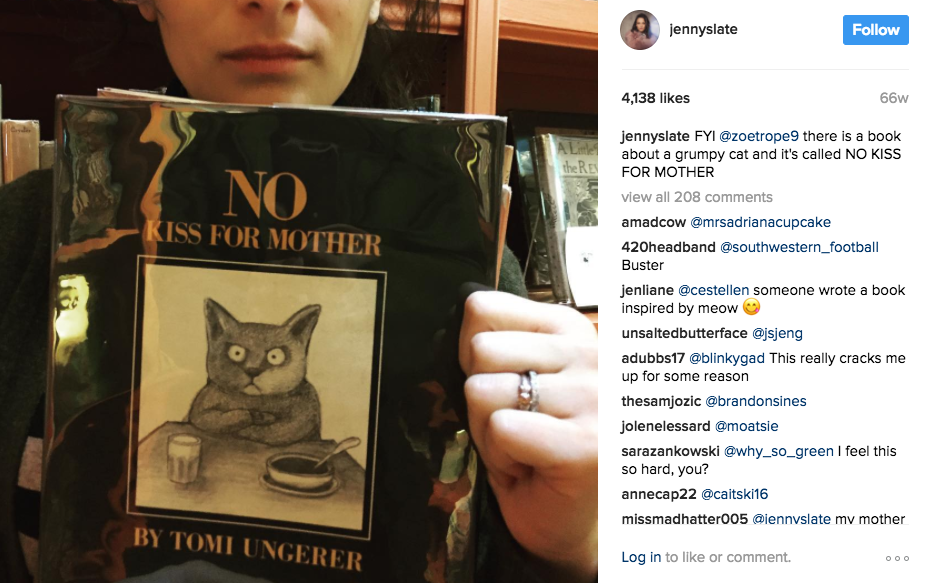
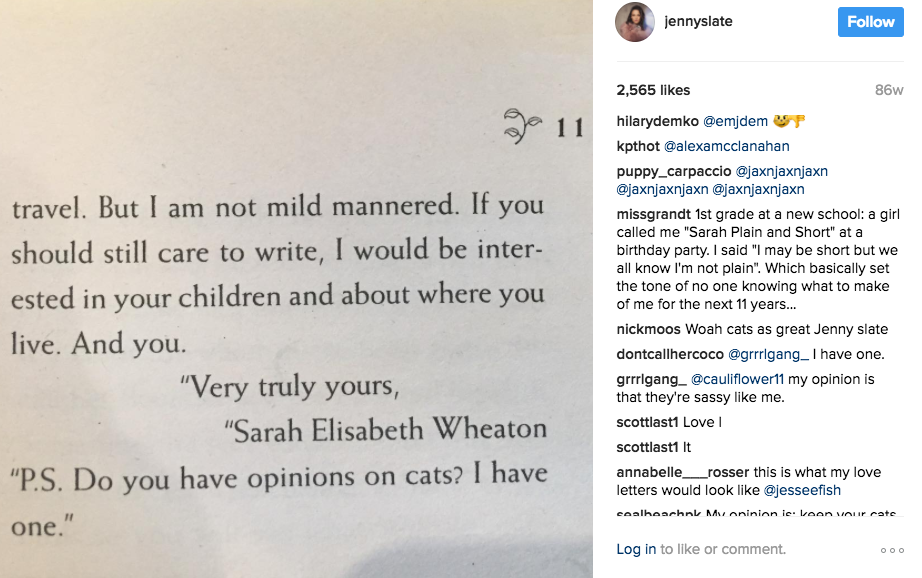
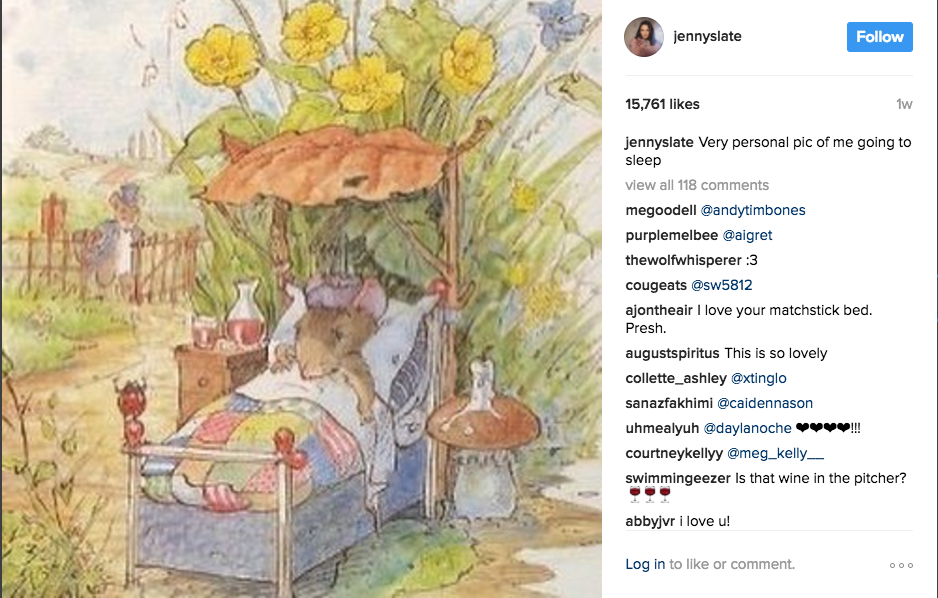
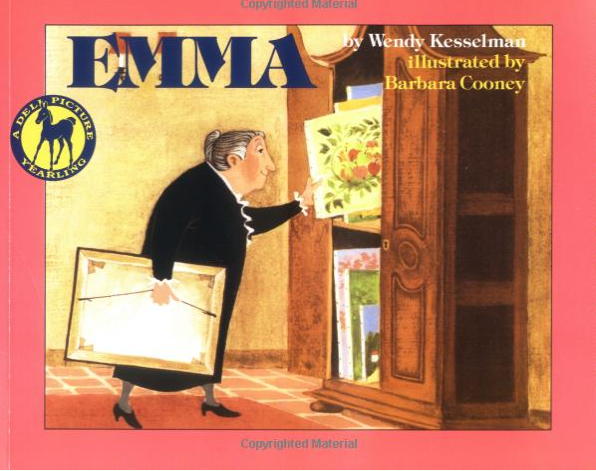 “It’s about an old woman who doesn’t love how she’s alone, and then learns to make herself not alone through art, and draws people into her life through art. It’s the fucking best thing.”
“It’s about an old woman who doesn’t love how she’s alone, and then learns to make herself not alone through art, and draws people into her life through art. It’s the fucking best thing.”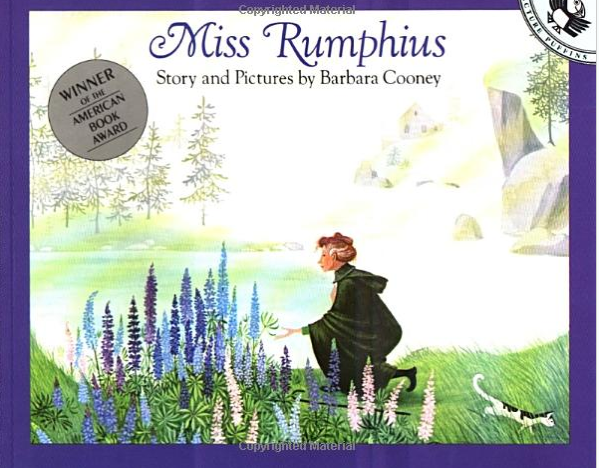
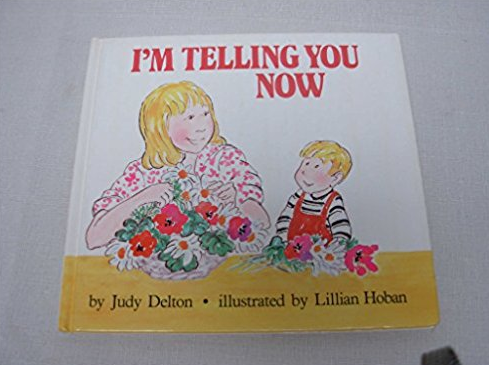
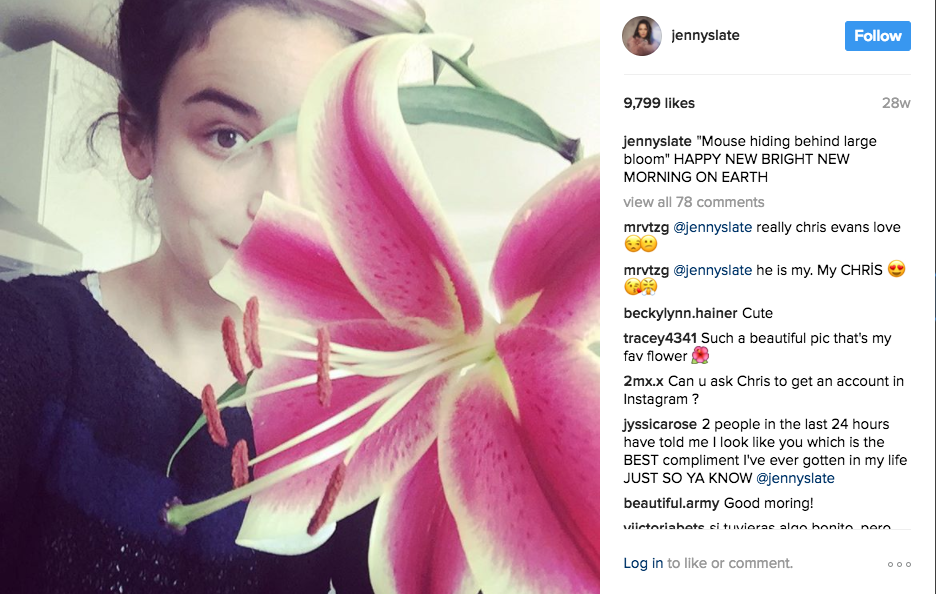
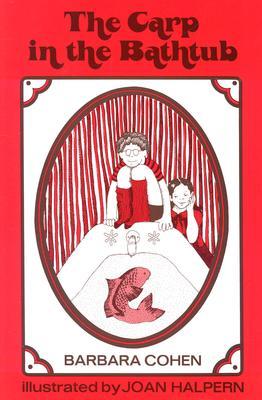 I’m Korean, but I grew up in Great Neck and I was obsessed with the
I’m Korean, but I grew up in Great Neck and I was obsessed with the 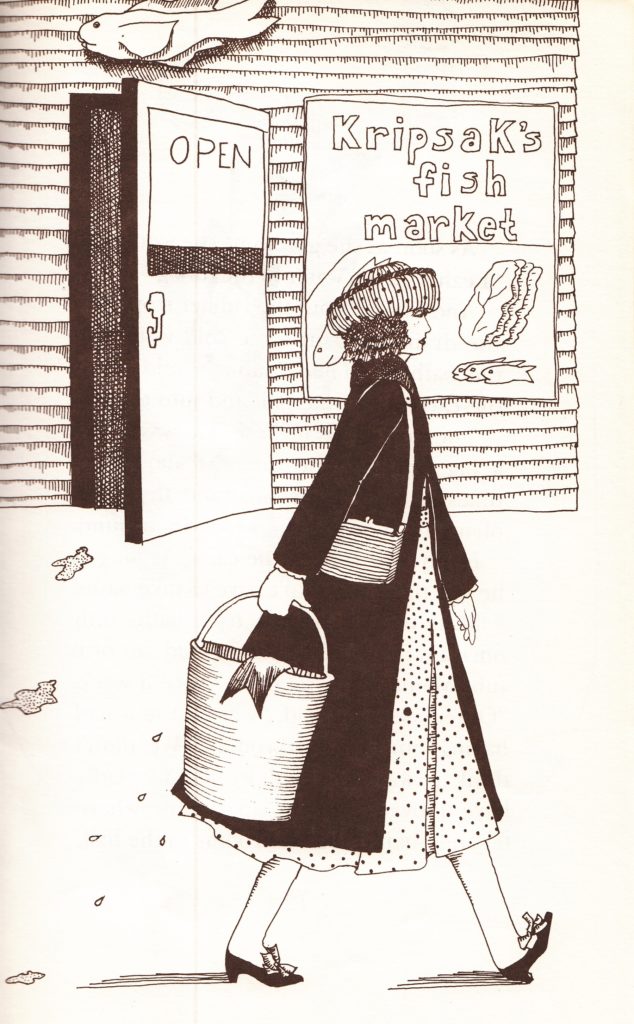 The family’s tub carp is a beloved annual ritual. The kids don’t have to bathe for a whole week and it’s the closest they ever get to having a pet.
The family’s tub carp is a beloved annual ritual. The kids don’t have to bathe for a whole week and it’s the closest they ever get to having a pet.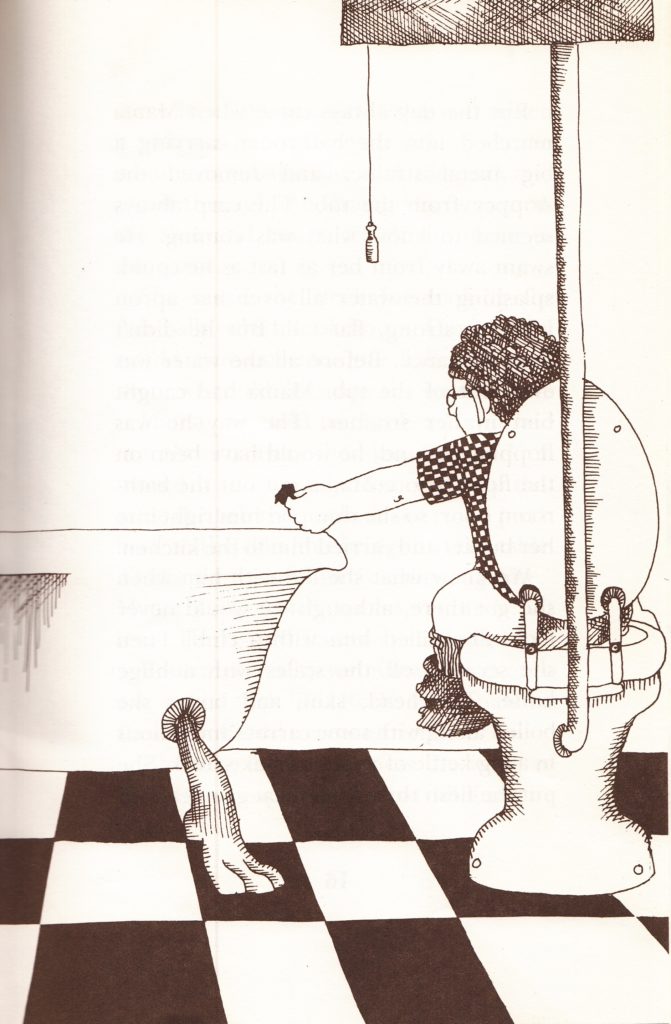
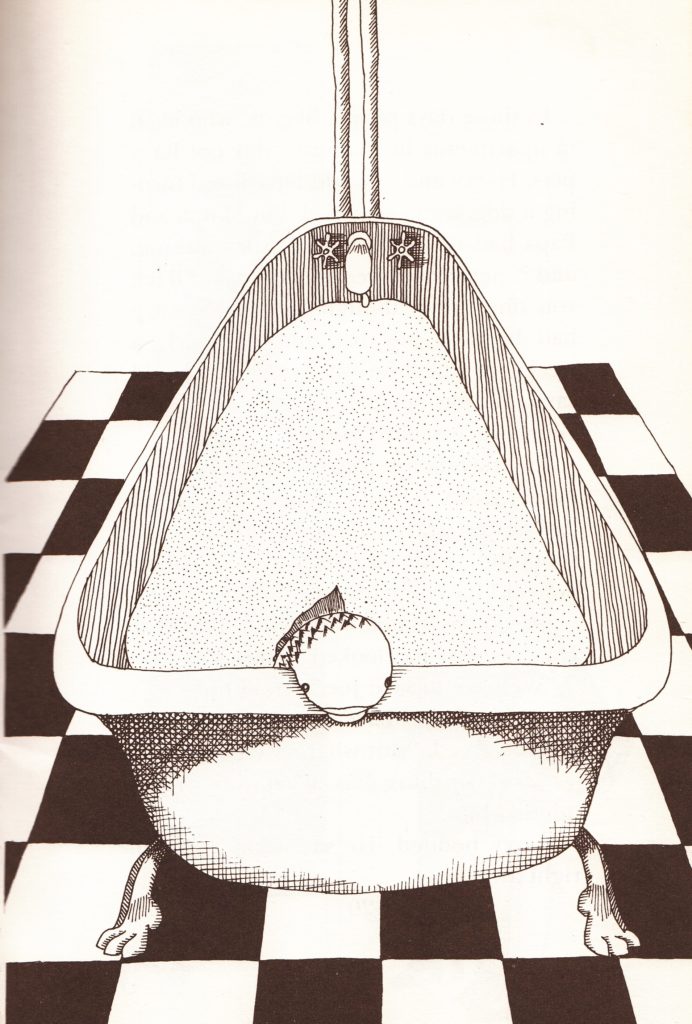
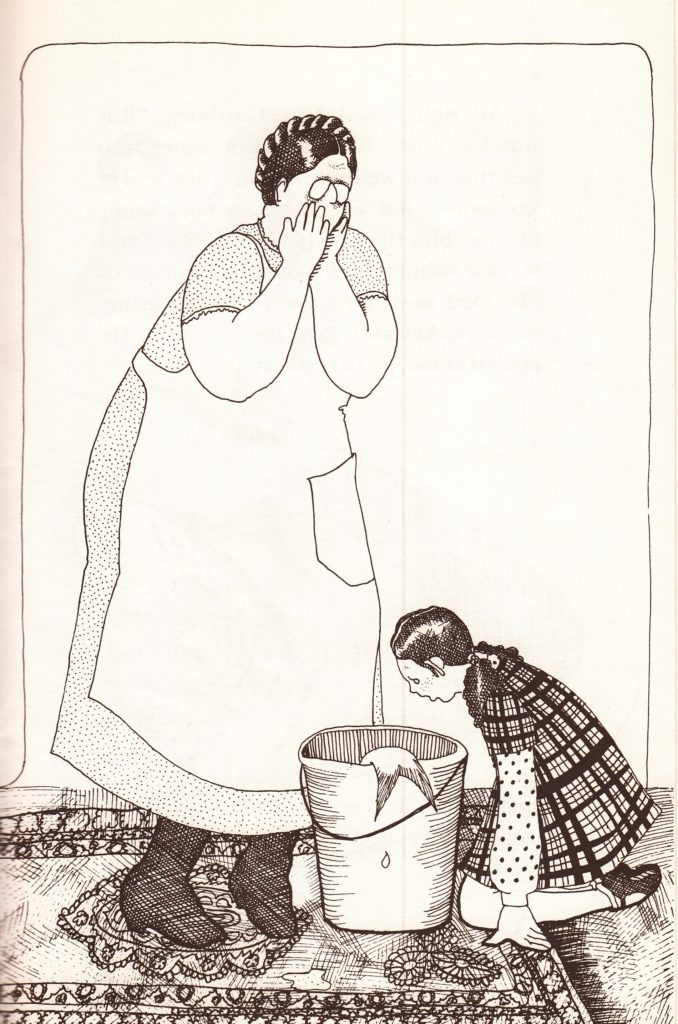
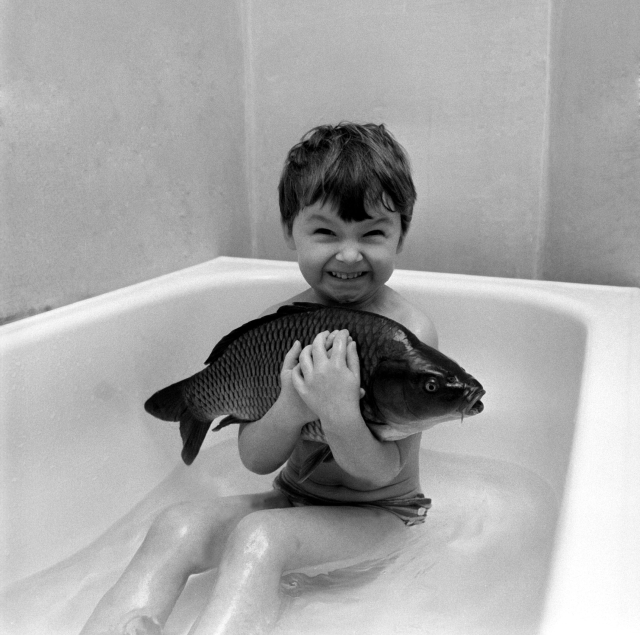
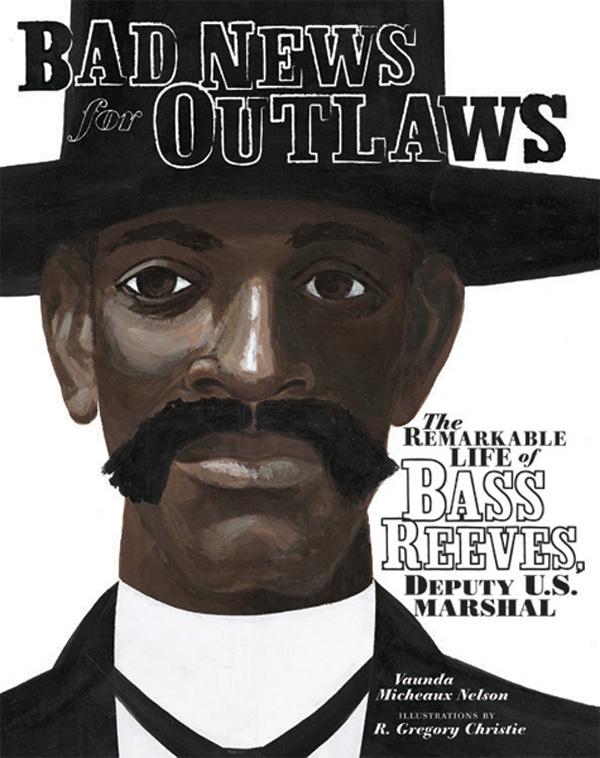
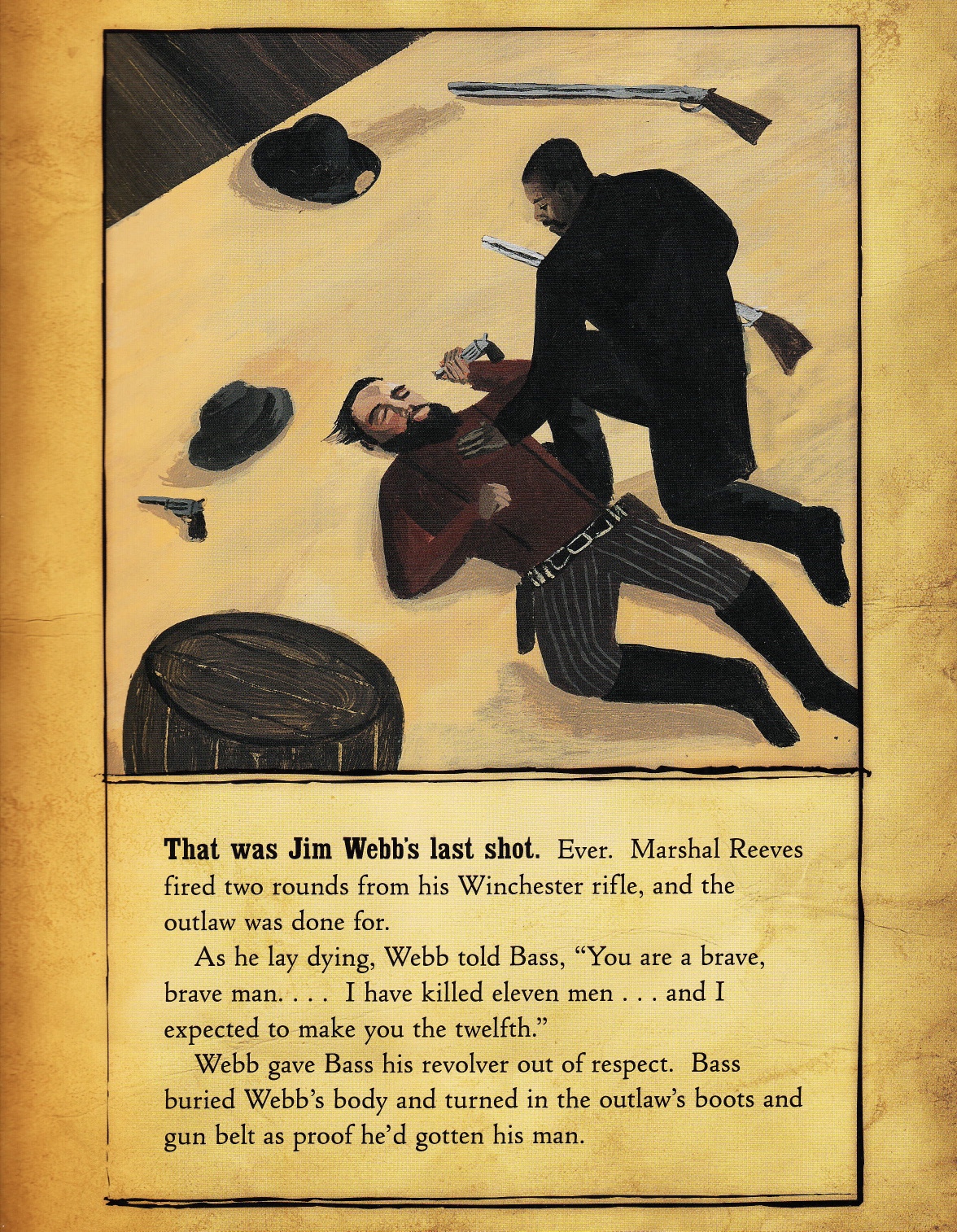 I had to agree.
I had to agree.